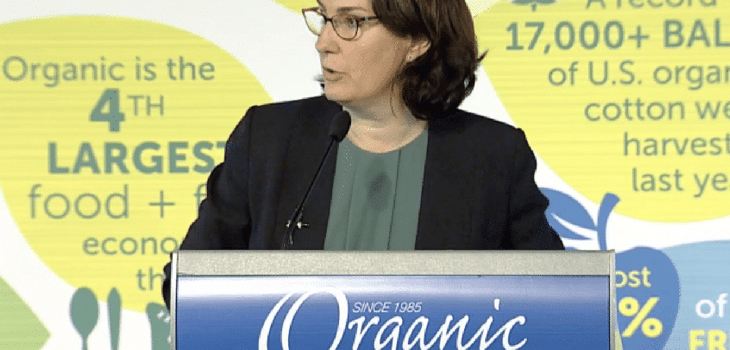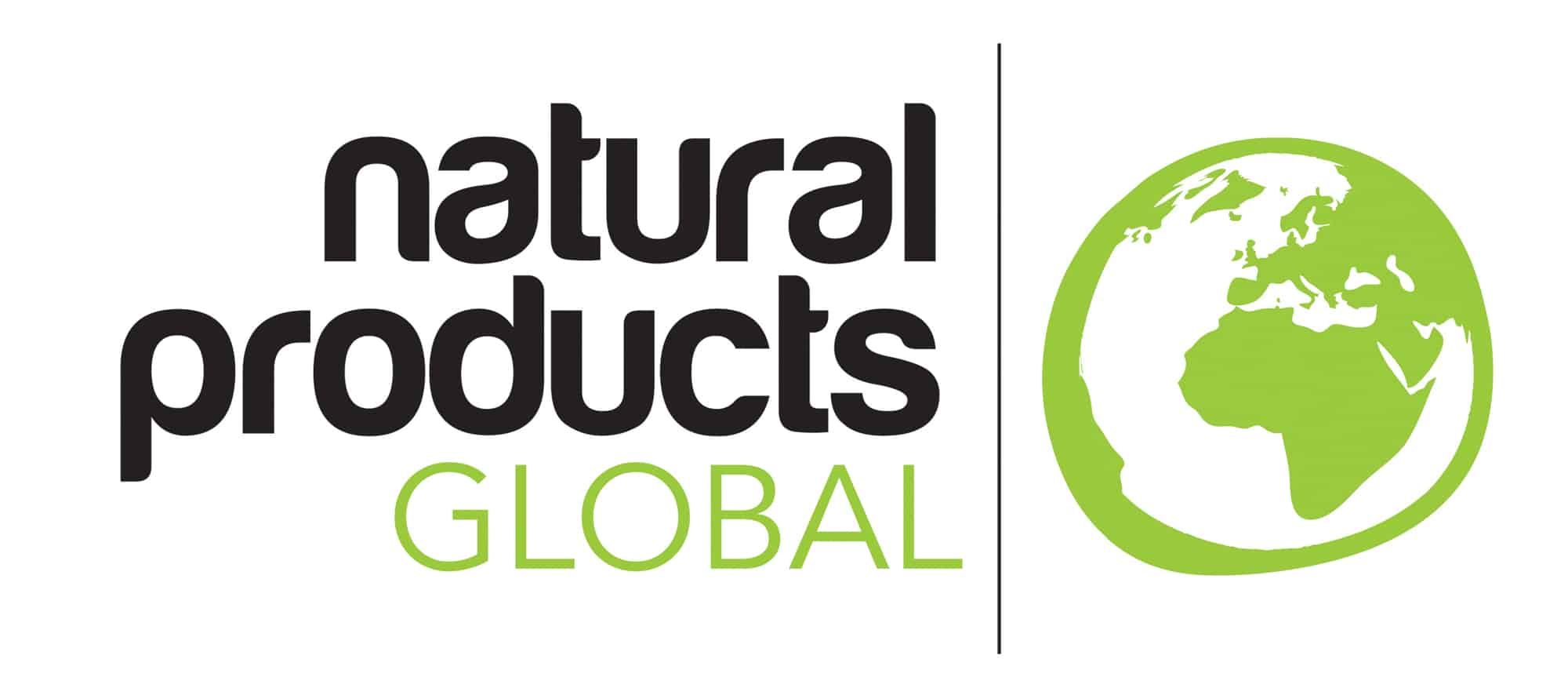US Organic Market Grew 6 Times The Pace Of Overall Food Market In 2017
This article first appeared in Natural Products Global, part of Diversified’s global natural & organic network. Written by Jim Manson.
The US organic market grew six times the pace of the overall food market in 2017, according to the Organic Trade Association’s 2018 Organic Industry Survey.
Organic sales in America totalled $49.4 billion in 2017, up 6.4% from the previous year and reflecting new sales of nearly $3.5 billion. The organic food market hit $45.2 billion in sales, also breaking through to a new record for an increase of 6.4%. Sales of organic non-food products rose by 7.4 percent to $4.2 billion, setting another new benchmark.
The growth rate for organic food sales was below 2016’s 9% pace and was impacted by markedly slow growth in the big organic dairy and egg category. However, it was well above that of the overall food market, which nudged up 1.1 percent.
Organic continued to increase its penetration into the total food market in 20127, and now accounts for 5.5 percent of the food sold in retail channels in the US.
“Organic has arrived. And everyone is paying attention,” said OTA eco and executive director, Laura Batcha. “Our survey shows there are now certified organic products in the marketplace representing all stages of the life cycle of a product or a company—from industry veterans to start-ups that are pioneering leading edge innovation and benefits and getting shelf space for the first time. Consumers love organic, and now we’re able to choose organic in practically every aisle in the store.
20 years with growth 15 times over
This year marks the 20th year of the OTA’s survey. In its first year, 1997, organic food sales were pegged at $3.4 billion; 2017’s sales of over $45 billion reflect a growth of nearly 15 times. In the last decade alone, the U.S. organic market has more than doubled in size.
While the growth in organic sales slowed in 2017, some slowdown in what had been an on-fire growth pace was expected. “The organic food market will see a steadier pace of growth as it matures, but it will continue to surpass the growth rate of the broader food market,” noted Batcha. “Demand for organic is flourishing as consumers seek out nutritious and clean food that is good for their health and for the environment. That demand is driving innovation, and there are now so many organic options that we can all eat organic for breakfast, lunch, dinner, snacks and everything in between.”
Produce stays top organic category; organic dairy and eggs challenged
Fruits and vegetables continued to be the largest organic food category, recording $16.5 billion in sales in 2017 on 5.3% growth. Fresh produce accounted for 90% of organic fruit and vegetable sales. Sales of organic dried beans, along with dried fruits and vegetables, were a stand-out sub-sector in the category, increasing by 9 percent and reflecting growing demand for legumes and plant-based products.
The organic dairy and egg category had one of its most challenging years in 2017. While still the second-largest selling organic category, sales of organic dairy and eggs grew just 0.9 percent to $6.5 billion. The slow growth in this key organic category acted as a drag on the growth of the overall industry.
Many producers have entered the organic dairy market over the last several years, attracted by the steady growth of the sector and the high returns for organic products. This new wave of supply, however, hit the market just as demand for organic dairy began to shift to more plant-based offerings, creating a situation of too much of a good thing. The oversupply of organic milk did have a silver lining for other dairy products: organic ice cream sales were up over 9% and organic cheese sales rose by almost 8 percent.
The organic egg market faced unique challenges. Pasture-raised eggs, which clearly delineate humane practices such as outdoor access, presented stiff competition for organic eggs in 2017. Consumers perceive organic as requiring a number of humane practices including outdoor access for livestock and poultry. However, the requirements as written within current federal organic standards are unclear and inconsistently applied. The organic industry worked to advance the Organic Livestock and Poultry Practices rule to clarify required practices, but the rule was abruptly withdrawn by the U.S. Department of Agriculture in 2017.
USDA’s squelching of this regulation widely supported by the organic sector caused millions of consumers to question the meaning and relevance of the USDA Organic seal as it relates to dairy and egg products. This confusion and uncertainty dampened consumer demand for both organic eggs and organic dairy.
Beverages move to #3 slot
Consumers are drinking more, but that’s not a bad thing. They’re drinking more healthy organic beverages, especially fresh juices. Organic beverage sales rose 10.5 percent last year to $5.9 billion, making beverages the third-largest organic category, and a stand-out area of innovation and adaption of health trends. The driver in beverages was fresh juices for which sales jumped almost 25% to $1.2 billion and continued a multiyear double-digit growth streak. Non-dairy organic beverage alternatives in the form of almond, soy, coconut, rice and other blends also gained in popularity in 2017.
Outside of the food aisles: Solid growth and lots of potential
The organic non-food market grew a solid 7.4% in 2017, easily outstripping the 1.9% growth in the broader market. In the last ten years, the size of the organic non-food industry has more than doubled. Organic fibre continues to be the largest and fastest-growing sector in the category – up 11% to $1.6 billion – with most of those sales in organic cotton. Organic dietary supplements rose 9 percent as demand increased for whole food or plant-based supplements.
“Consumers don’t want to eat just clean food, but they also are demanding transparency, clean ingredients and plant-based products in every aspect of their lives,” said Batcha. “The non-food organic market has made great strides, but there is still a vast opportunity for more growth in this sector.”
About the author: Jim Mason
Jim Manson is editor-in-chief of Diversified Communications UK‘s natural and organic publishing portfolio. He’s written widely on environment and development issues for specialist magazines and national media, including the Financial Times, The Guardian, The Times, and World Bank Urban Age.
About Natural Products Global
Natural Products Global is the one-stop global resource for natural and organic industry professionals. Built around an editorially independent daily news service it delivers a compelling mix of news, business insights and analysis. Building a natural and organic future by connecting people and growing businesses – subscribe for more articles like this.
-
Get your FREE ticket
- REGISTER FOR FREE

